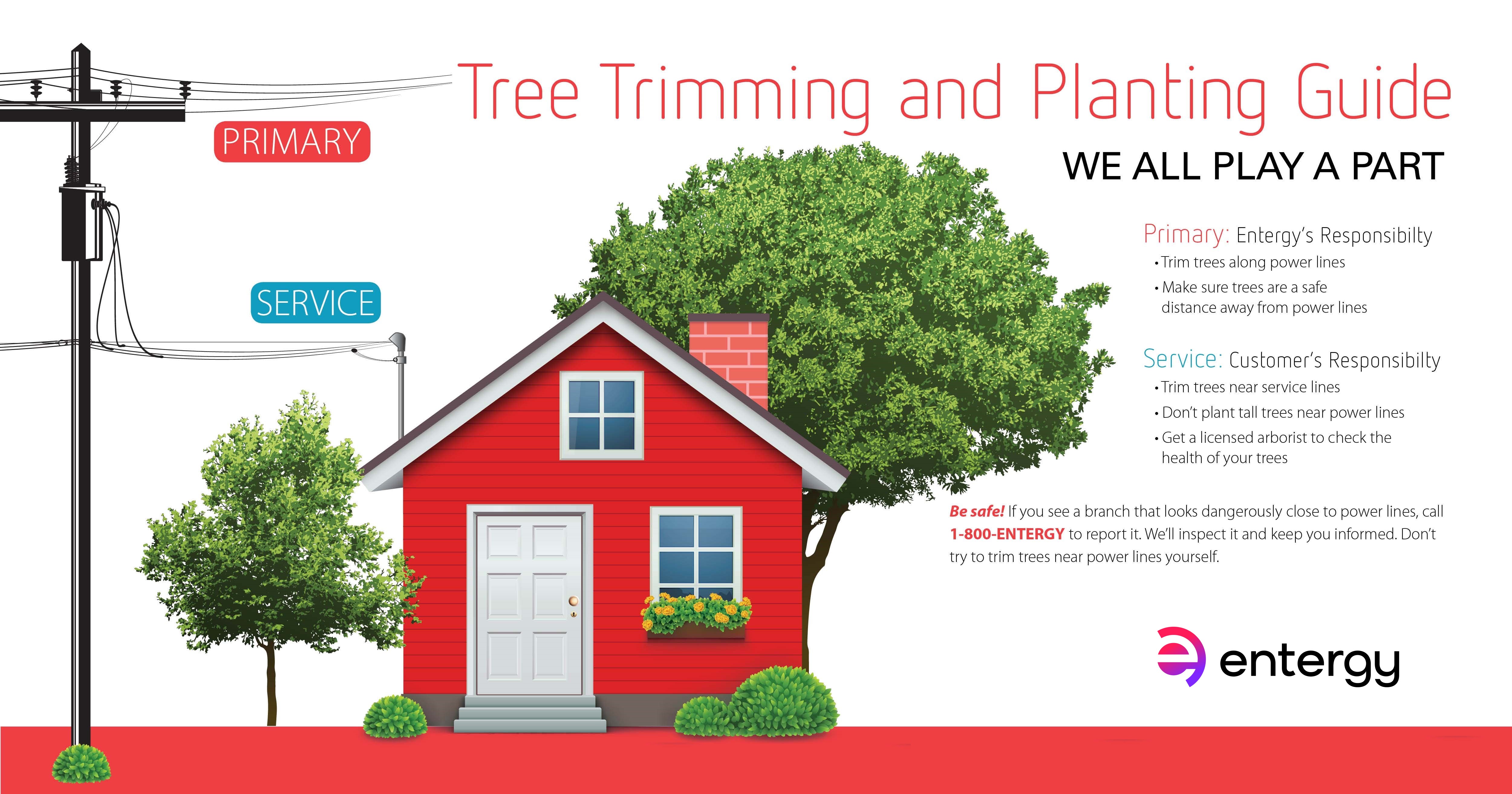When it comes to land management, have you taken into consideration the long-lasting benefits of stump grinding? By addressing the residues left after tree removal, this technique not just help in soil health and wellness improvement yet also plays a vital duty in preventing disintegration and sustaining biodiversity. The environmental benefits of stump grinding prolong much past simple looks, using a sustainable remedy that balances with nature's intricate systems.
Soil Health And Wellness Enhancement
Seeking to improve the quality of your soil? Stump grinding can be a game-changer for boosting dirt health and wellness on your residential or commercial property. By removing old tree stumps, you're creating area for brand-new development and allowing vital nutrients to return to the soil.
As the stumps break down gradually, they launch organic matter, enriching the soil and advertising better plant growth.
In addition, stump grinding aids to freshen the dirt, allowing for much better water seepage and root advancement. Compressed soil can prevent plant development and water absorption, however by grinding stumps, you're loosening the dirt and creating a healthier atmosphere for your plants.
Additionally, stump grinding can also assist to avoid parasite problems and conditions that old stumps might draw in. By removing these potential dangers, you're creating a more secure and a lot more effective landscape.
Erosion Avoidance
To prevent dirt disintegration effectively, stump grinding plays an important duty in keeping the stability and honesty of your land. By removing unpleasant stumps from your building, you're additionally lowering the danger of disintegration caused by water overflow. Stump grinding eliminates barriers that can disrupt the natural circulation of water throughout your land, protecting against soil erosion at the same time.
When stumps are left untouched, they can act as obstacles to water flow, causing dirt to remove throughout heavy rainfalls. This erosion not only damages your land but likewise adds to sedimentation in neighboring water bodies, damaging marine communities.
supplemental resources grinding assists to stop these concerns by leveling the ground and promoting proper drainage, decreasing the possibility of erosion.
Biodiversity Assistance
Preserving healthy biodiversity on your land is essential for developing a growing environment. By using stump grinding as a lasting land management practice, you can considerably support biodiversity.
Stump grinding helps promote biodiversity by producing new habitats for different plant and animal types. The removal of stumps enables the regeneration of native plant life, which subsequently attracts a varied series of wild animals. Insects, birds, and tiny animals flourish in these freshly accessible areas, contributing to the overall biodiversity of your land.
Furthermore, stump grinding helps protect against the spread of conditions and parasites that can harm plant types, thus protecting the eco-friendly equilibrium on your property. By getting rid of old stumps, you create space for new plant growth, which boosts the general health of the community.
This much healthier atmosphere sustains a wider range of varieties, promoting biodiversity and creating an extra resistant community in the long term. Accepting stump grinding as part of your land management method can have long lasting positive impacts on the biodiversity of your land.
https://willepsomsaltkillatreestu84951.anchor-blog.com/10569565/curious-about-the-hidden-dangers-of-ignoring-tree-debris-elimination-discover-how-prompt-upkeep-can-protect-your-building-and-enhance-its-appeal
By using stump grinding as a sustainable approach to land management, you can improve dirt health, avoid disintegration, and assistance biodiversity. just click the next post -friendly method not only profits the ecological community however also promotes the development of greenery and produces habitats for numerous plant and pet types. Make a favorable impact on the environment by incorporating stump grinding right into your land management practices.
